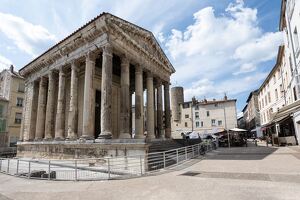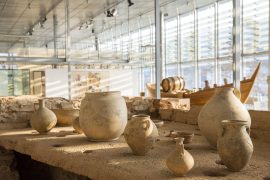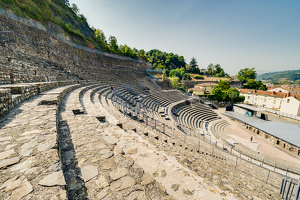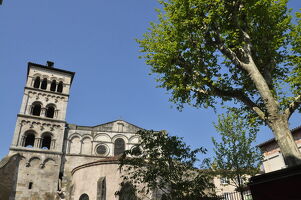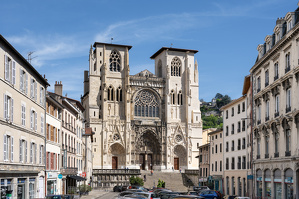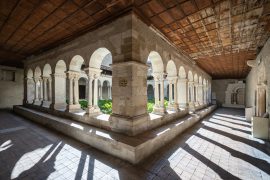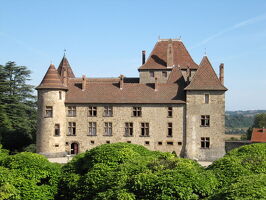Heritage
Vienna, Austria? No, Vienne, capital of the Allobroges! Between Isère and Rhône, the Vienne Condrieu region is marked by its history: vines cultivated for thousands of years, a piece of Roman wall hidden between two buildings, a cathedral that stands proudly on the banks of the Rhône River… Lovers of history and old structures, don’t miss it!
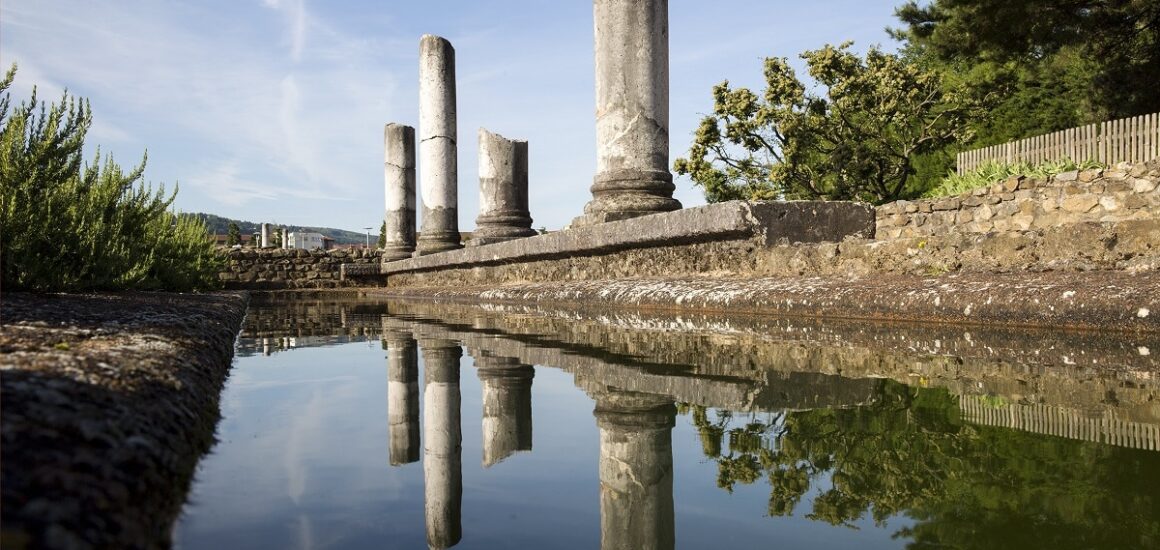
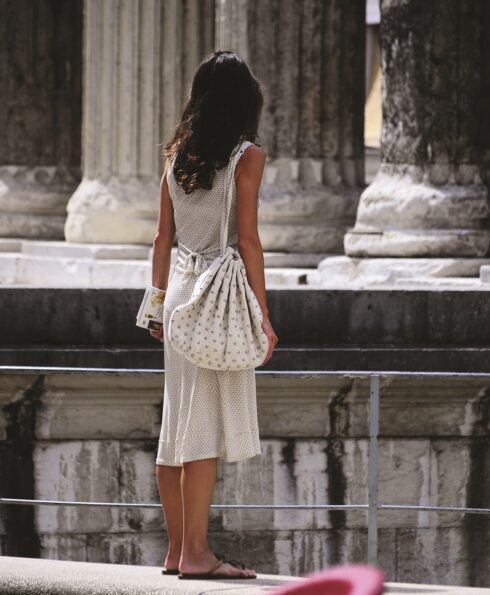
The Gallo-Roman period
As early as the 5th century BC, Vienne was populated by the Allobroges, a powerful Gallic people whose territory stretched from the Rhône to Lake Geneva. At that time, the future “Vienna” was just a village spread out between the Gère Valley, Mont Pipet and the Rhône River. Vienne then became the capital of the Allobroges and, after several battles, joined the Roman Empire in 121 BC.
With the arrival of the Romans, the town gradually expanded to reach the right bank of the Rhône, in the present-day town of Saint-Romain-en-Gal. The Romans built sumptuous villas, testimonies of their wealth and engineering.
Remains of these villas are still visible on the impressive site of the museum of Saint-Romain-en-Gal / Vienne. Saint-Pierre Museum, housed in a Romanesque church in Vienne, also has a fine collection of statues, sarcophagi and other relics from that period. Finally, the Museum of Fine Arts and Archaeology of Vienne is a must for history lovers.
For a complete reading of Vienne, from the Gallo-Roman era to the present day, start your visit at the heritage room. The place presents models and interactive maps, to help you represent the town and its development through the ages.

The medieval period
In the Middle Ages, Vienne became a powerful religious city. It’s nicknamed “Vienne, holy city” and has seen some significant events:
- The appointment of Guy de Bourgogne, who became pope under the name Calixtus II. He was crowned in the cathedral of Saint-Maurice and became the only Vienne pope in history.
- The intervention of Archbishop Jean de Bernin, who chased the Jewish merchants out of the city and, with the stolen money, restored the choir of the cathedral and built Château de la Bâtie.
- The Council of Vienne, which marked the definitive dissolution of the mysterious Order of Templars.
Many buildings still testify to its past greatness: the monumental Saint-Maurice cathedral, of course, but also the church and cloister of Saint-André-le-Bas, the church of Saint-André-le-Haut, the Saint-Pierre lapidary museum… Come and discover them today, walking along Vienne’s heritage trail or following one of our many guided tours!
And a little further away, 20 minutes’ drive from Vienne, don’t miss the magnificent Château de Septème and its gardens! Tours of the rooms, themed evenings and even a medieval escape game await you on site.
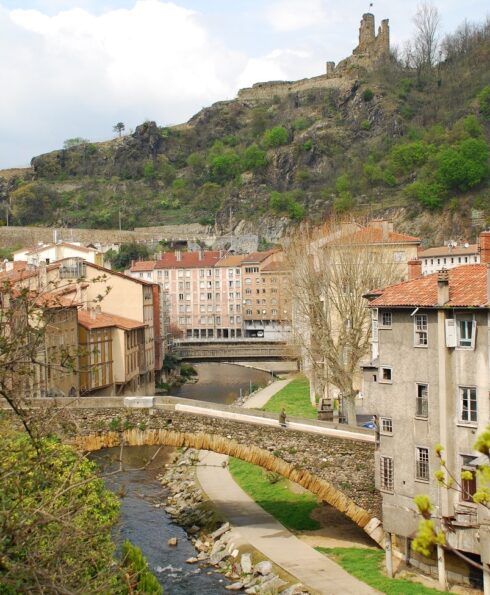
The industrial era
At the beginning of the 19th century, the banks of the Gère, a river located to the north of Vienne, were home to numerous textile factories, attracted by use of the water’s driving power. With the appearance of steam engines, industries also developed in the Estressin districts, south of Vienne and around Condrieu. The textile industry continued to flourish until the 20th century (Vienne even supplied up to a quarter of the troops’ woollen cloth during the First World War!), but the arrival of new synthetic materials gradually led to the closure of the factories.
The north of Vienne remains closely linked to its industrial past. The Museum of the Textile Industry, which opened at the end of 2019 in the Gère Valley, lets you discover the inventions and textile companies that have left their mark on local history.

Textile Industry Museum
The museum recounts the history of the textile industry, which dominated economic activity in Vienne from the 18th to the 20th century.
See the page
